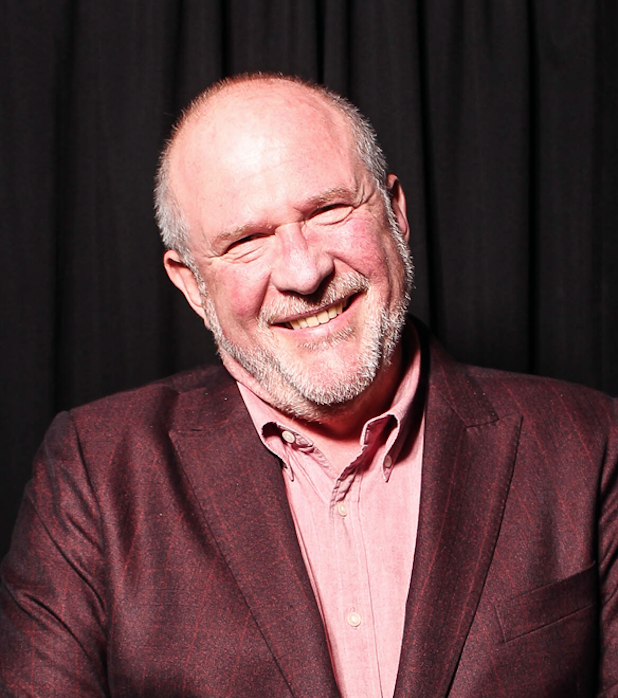Comment from Peter Saxon
The long running dispute between the Phonographic Performance Company of Australia (PPCA) and Commercial Radio Australia has finally concluded with a massive points decision awarded to CRA in the Copyright Tribunal of Australia headed by Justice Jagot.
The upshot is that commercial stations will have to pay far less for streaming than the PPCA had proposed and hoped for. And about a third as much as is paid by radio in the United States.
Australian radio stations will pay just 0.059 cents per track streamed. In the U.S. stations have been forced to pay 0.17 cents, almost triple the Australian rate.
One music industry insider who, understandably, wished to remain anonymous, described the PPCA as “devastated.” Another said they were “very deflated” by the result.
What’s more, the Australian deal is even better than the pay per play numbers suggest because unlike the U.S., the ruling will allow stations a choice between paying the 0.059 cents per track or a percentage of gross annual revenue – whichever works out cheaper.
The PPCA had expected a result more in line with the U.S. model. But it’s not just the PPCA here in Australia that is “devastated.” The ruling has global implications for international music labels.
My mail is that those record companies were looking to Australia to set a benchmark that supports the notion that the U.S. deal is fair and equitable and therefore should be adopted in other markets.
Instead, after years of expensive court battles with CRA, a final ruling has been handed down that’s a fraction of what the PPCA had asked for. Not only is the rate per play much lower, it’s a hybrid scheme that gives stations the option to take the least expensive path to suit their needs. This option is not available to radio in the U.S.
Some would argue that this is a victory for Australian radio of David and Goliath proportions when you look at the relative size and underlying strength of the combatants.
• Commercial radio in Australia has revenue of approximately AUD$1 billion with an industry profit of around AUD$190m, which is shared between 274 commercial radio stations and around 35 owners.
• The record industry is dominated by 4 multinational labels which own 90% of the music and commands worldwide revenues in the billions.
The PPCA would argue that like a modern day Robin Hood, it is there to collect royalties from rich radio barons on behalf of poor hard working artists who deserve fair payment for their output. Sarcasm aside, artists should be paid for their efforts and the value they add to broadcast content.
But last time I checked, only 36c of what the PPCA collects goes to artists. The PPCA keeps 25c in every dollar for “administration. 36c goes to the record label and 2.7c goes into a trust.
What’s more, of all the media, radio remains the best promoter of music sales. The fact is, the music industry needs radio as much as radio needs it.
How Much Will the Scheme cost?
The mathematically curious among our readers may be thinking that 0.059 cents, or even 0.17 cents, doesn’t seem like a lot of money. Let’s see.
Content Director, Gemma Fordham tells me that stations in her Hit Network play an average of 2,200 songs per week which would work out at (2,200 x 0.059 cents) 129.8 cents (about $1.30) per week or $67.50 per year.
Admittedly, that doesn’t sound like a king’s ransom but there’s more to it than that. You see, it’s not just based on the number of tracks played. Radio must also pay on how many times each track is accessed via streaming. In other words, the rate is multiplied by the number of listeners who listen to each track via streaming each time it’s played.
According to the SCA website, the Hit Network has 1.1 million online listeners.
Of course they don’t all listen at once. But let’s say the Hit Network’s various streams from their 46 stations collectively attract an average audience of 10,000 listeners to any given song they play, then the calculation goes:
0.059 cents x 10,000 listeners x 2,200 songs per week x 52 weeks per year = $674,960. And if more and more listeners move online as their preferred platform for radio, that figure is likely to increase three and four fold.
The Triple M network which, according to CD Mike Fitzpatrick, plays around 1,200 songs per week would add another $368,160 to SCA’s PPCA bill for a total of $1,043,120. That’s a lot of money.
What about the revenue deal – would that be a better choice for SCA? Let’s see.
Here’s where it gets complicated. Or should I say, even more complicated.
The percentage of revenue a station must pay is dependent on what percentage of its content is music, as per to the table below.
For example, if between their Hit and Triple M Networks, SCA devotes an average of 64% of their content to music, then according to the chart above, they would be liable to pay 0.387% of their total revue to PPCA. At around $500 million in revenue from its metro and regional radio operations that would work out at $1,935,000 per annum.
So, based on that example, for now SCA is better off sticking to the pay per play model. But as more listeners migrate to online, once a critical mass is reached then they could find themselves better off on the percentage of revenue option.

Peter Saxon

